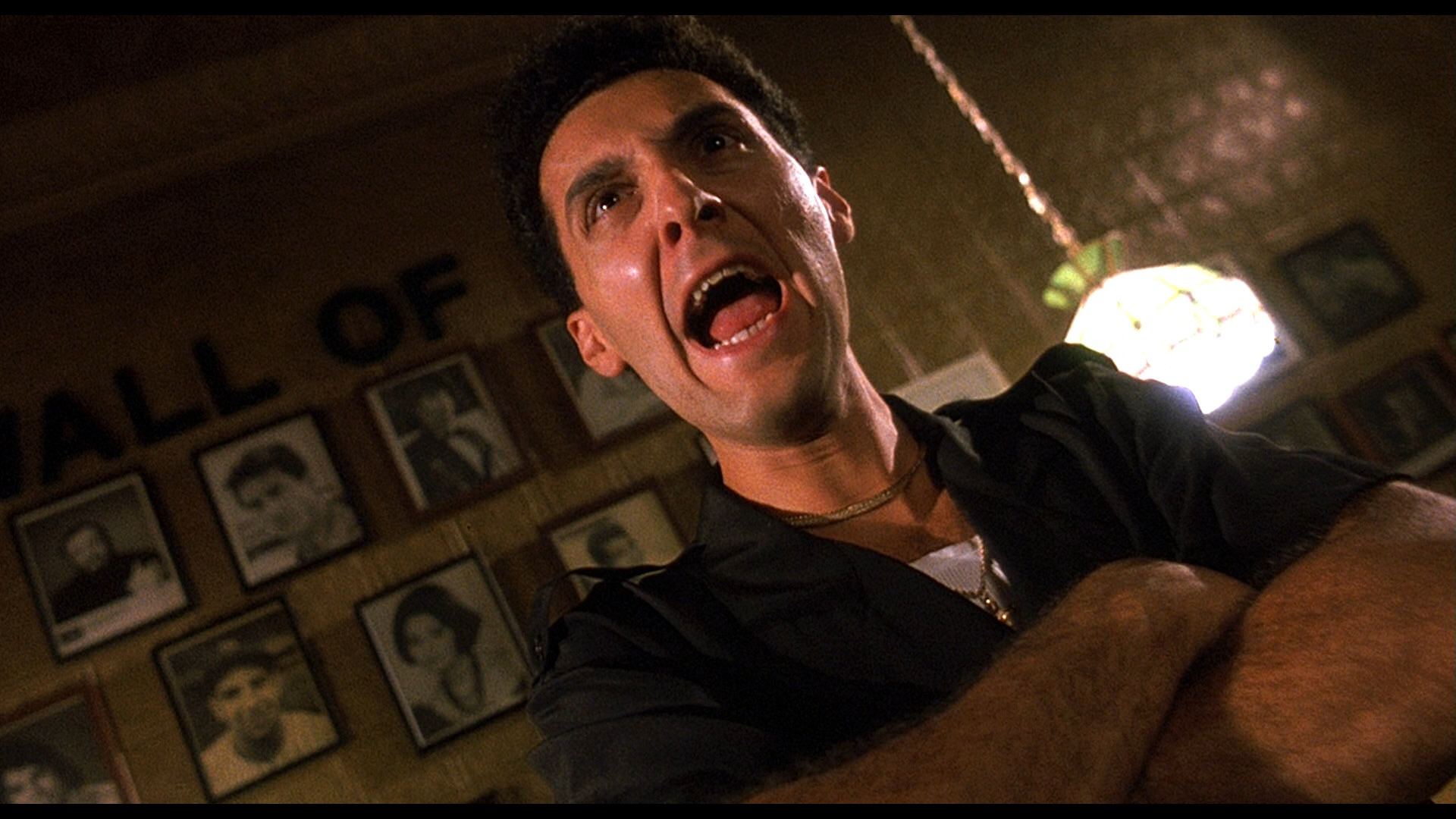Low Angle Shot
This type of shot is often used to make a
subject appear intimidating and evil
or strong and heroic. Filmed by placing
the camera below eye-level.

Close Up
This shot is used to
emphasise the subject's
emotions or reaction.They're also
used when a character is
giving a speech or a key line. The
subject's face fills the screen.
Long Shot/ Wide Shot
The subject takes up the frame from
top to bottom. Here the character is the focus,
but the background of the scene plays
an important part in developing the
narrative such as setting the scene
and the subject is there.
Details can also be picked out e.g.
what they're wearing.

Extreme Wide/Long Shot
In this type of shot, the subject isn't the focus.
It will either show the from afar or show us
where the scene is being taken place.
It is often used to establish a scene.

Extreme Close-up
This shot focuses on a particular feature of the
subject. The example here is of the eyes which
is often referred to as an 'Italian Shot'.The feature
takes over the whole screen. These can be used to
focus on emotion as well e.g. a tear rolling down.

Two Shot
In this shot, the focus is on two characters
(even if not side by side). This type of shot
is used to indicate the relationship they have
with each other, which is often conveyed through
how close they are to each other and the framing.
Often used for intimate conversations,
or kissing.

Medium Shot/ Mid Shot
With this type of shot, the focus remains on the
subject whilst also displaying background and
body movement, like hand gestures
Shot taken from waist and up.

Dutch Angle Shot
In this shot, the camera is on a tilt/angle.
Like the disorientated angle, this shot is
used to show that all is not well or in balance
in the scene particularly with the character that
the shot is focusing on and creates unease for
the viewer.

High Angle Shot
In this shot, the subject is captured above
eye level. This often used to make them
appear vulnerable or fearful.
This type of shot is also
useful when attempting to make the viewer
feel sympathy for a character.

Over-the-head Shot
Shot is taken from behind the shoulder of
one subject whilst capturing another subject
in the scene. Often used during a conversation.
Particularly useful when trying to show
reactions from the conversation.


No comments:
Post a Comment